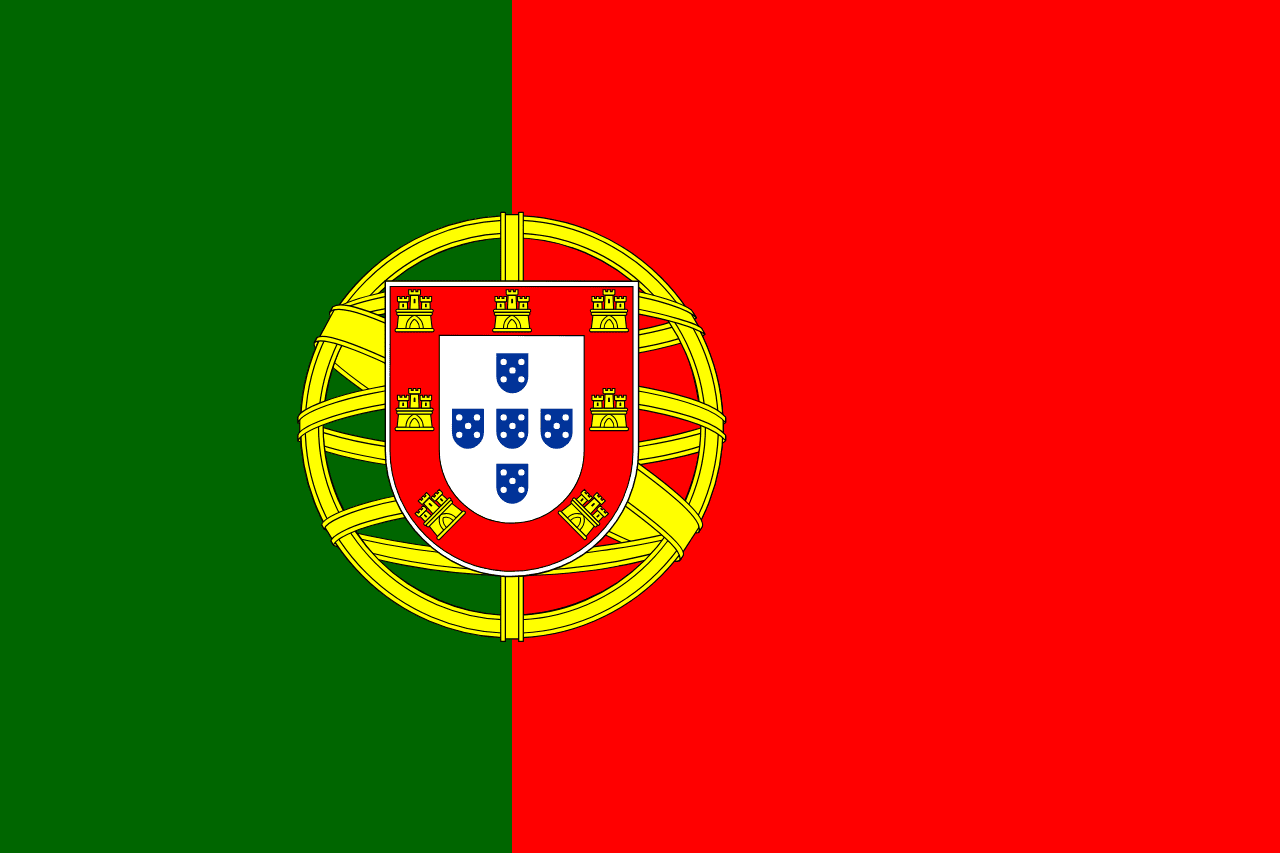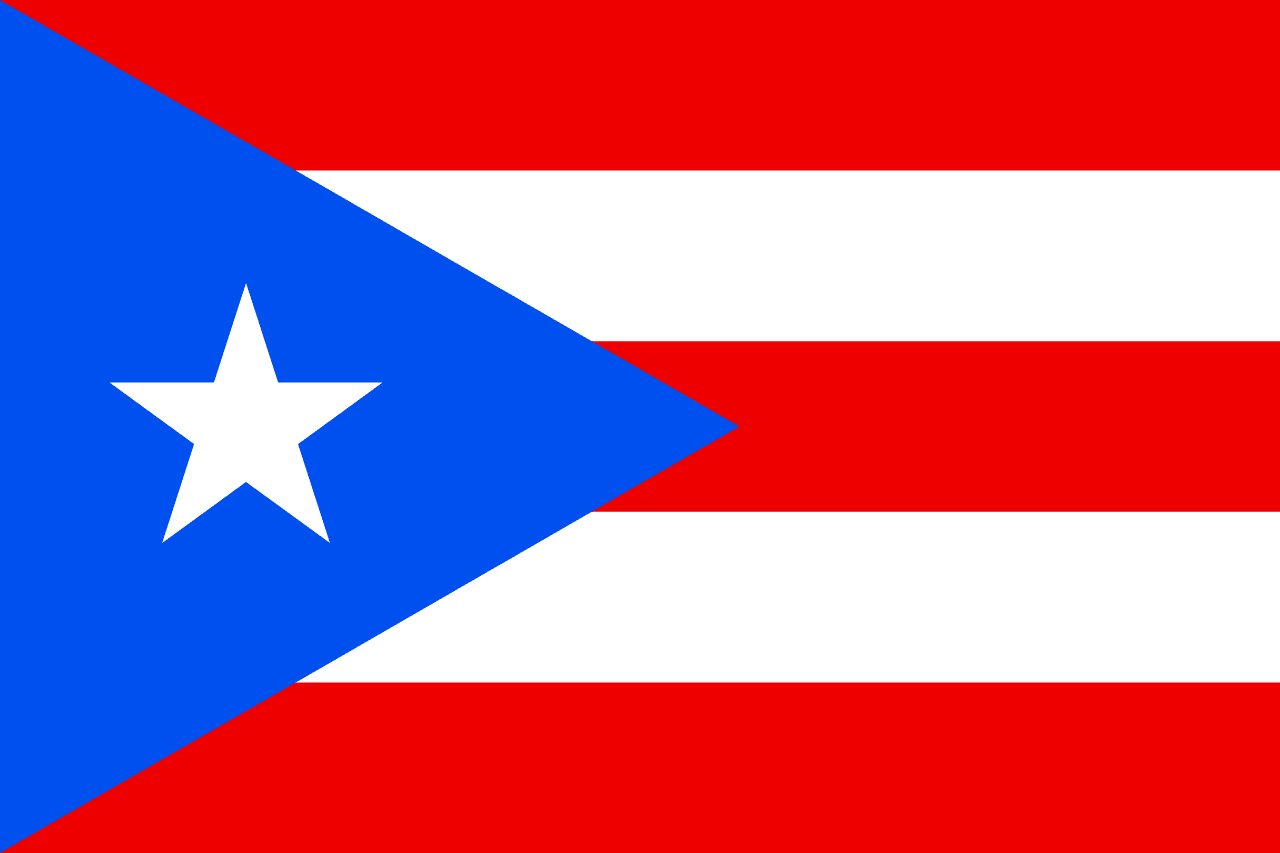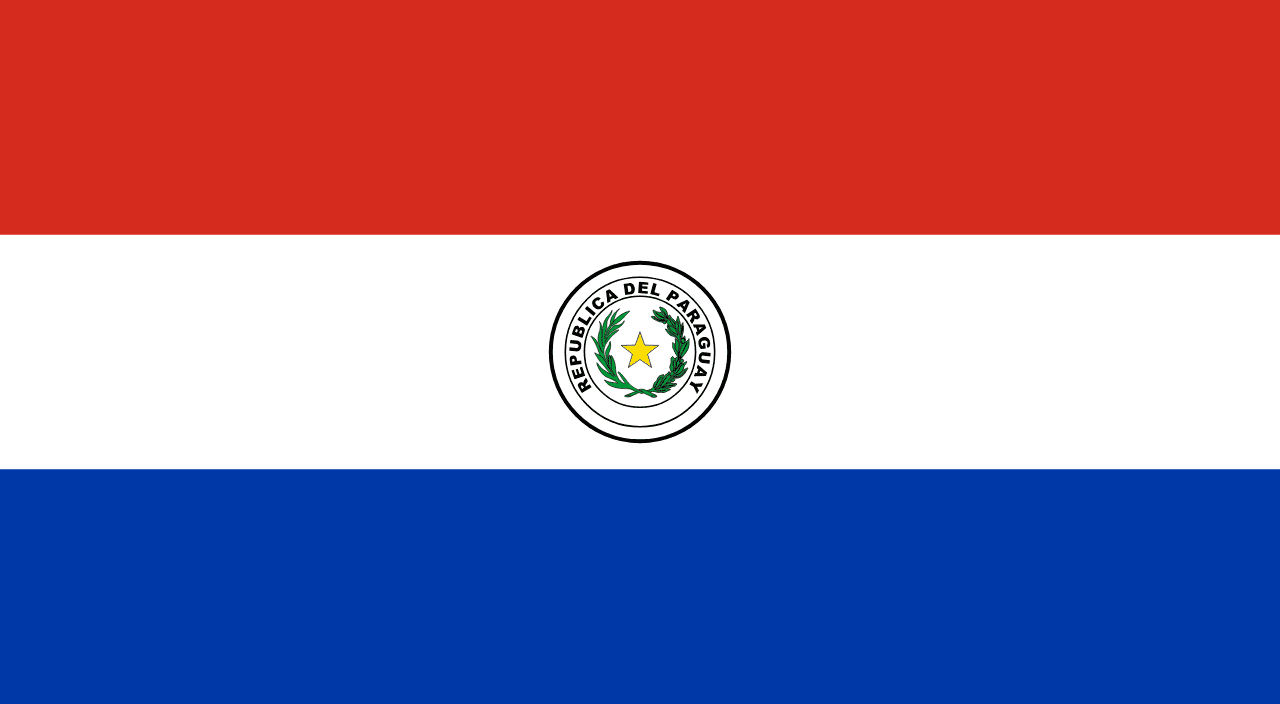The flag of Poland consists of two horizontal stripes: white on top and red on the bottom. This simple yet powerful design encapsulates centuries of Polish history, culture, and national identity. The stark contrast between the two colors creates a visually striking emblem that is instantly recognizable worldwide.
Poland information
| National Flag Day | May 2nd |
| Sovereign state | Yes |
| Official name | Republic of Poland |
| Capital | Warsaw |
| Population | 38,635,144 |
| Area | 312,679 km² |
| Currency | Złoty (PLN) |
| Language | Polish |
| Continent | Europe |
| Region | Central Europe |
| Subregion | — |
| Borders | Germany, Czech Republic, Slovakia, Ukraine, Belarus, Lithuania, Russia |
| Timezone | Central European Time (CET) UTC+1 |
| Calling code | +48 |
| Top-level domain | .pl |
History of the Polish flag
 The current design of the Polish flag was officially adopted on August 1, 1919, shortly after Poland regained independence following World War I. However, the white and red colors have been associated with Poland since the Middle Ages, dating back to the coat of arms of the Kingdom of Poland. The flag's design has remained consistent throughout Poland's tumultuous history, serving as a symbol of continuity and national resilience. During the communist era (1945-1989), the flag retained its design, standing as a reminder of Poland's enduring identity despite political changes.
The current design of the Polish flag was officially adopted on August 1, 1919, shortly after Poland regained independence following World War I. However, the white and red colors have been associated with Poland since the Middle Ages, dating back to the coat of arms of the Kingdom of Poland. The flag's design has remained consistent throughout Poland's tumultuous history, serving as a symbol of continuity and national resilience. During the communist era (1945-1989), the flag retained its design, standing as a reminder of Poland's enduring identity despite political changes.
Symbolism and design of the Polish flag
The Polish flag's design is rich in symbolism, reflecting the nation's values and historical journey. The white stripe symbolizes peace, purity of spirit, and the eagle that appears on Poland's coat of arms. It represents the nation's aspirations for freedom and its commitment to moral and ethical values. The red stripe signifies valor, courage, and the blood shed by Poles in defense of their homeland throughout history. Together, these colors evoke a sense of national pride, unity, and the indomitable spirit of the Polish people. The simplicity of the design allows for easy recognition while carrying deep meaning for Poles around the world.
Usage and significance of the Polish flag
 The flag of Poland is a revered national symbol, prominently displayed on public buildings, during national holidays, and at international events. It plays a crucial role in fostering national identity and unity among Poles. Key occasions for flag display include Constitution Day (May 3rd), celebrating the adoption of Europe's first modern constitution in 1791, and Independence Day (November 11th), commemorating Poland's restoration of sovereignty in 1918. The flag is also widely used during sporting events, particularly when Polish athletes compete internationally, serving as a rallying point for national pride. In times of crisis or national mourning, the flag is flown at half-mast, symbolizing the nation's collective grief and solidarity.
The flag of Poland is a revered national symbol, prominently displayed on public buildings, during national holidays, and at international events. It plays a crucial role in fostering national identity and unity among Poles. Key occasions for flag display include Constitution Day (May 3rd), celebrating the adoption of Europe's first modern constitution in 1791, and Independence Day (November 11th), commemorating Poland's restoration of sovereignty in 1918. The flag is also widely used during sporting events, particularly when Polish athletes compete internationally, serving as a rallying point for national pride. In times of crisis or national mourning, the flag is flown at half-mast, symbolizing the nation's collective grief and solidarity.
Interesting facts about the Polish flag
- The Polish flag shares its colors with several other national flags, including those of Indonesia and Monaco, but is distinguished by the arrangement of its stripes.
- A variant of the flag, featuring the national coat of arms on the white stripe, is used for official government purposes and by Polish diplomatic missions abroad.
- Polish Flag Day is celebrated on May 2nd, encouraging citizens to display the flag and fostering patriotic spirit.
- During the Warsaw Uprising of 1944, the Polish flag became a powerful symbol of resistance against Nazi occupation.
- The flag's white and red colors are often incorporated into traditional Polish folk costumes and decorations, reinforcing their cultural significance.





